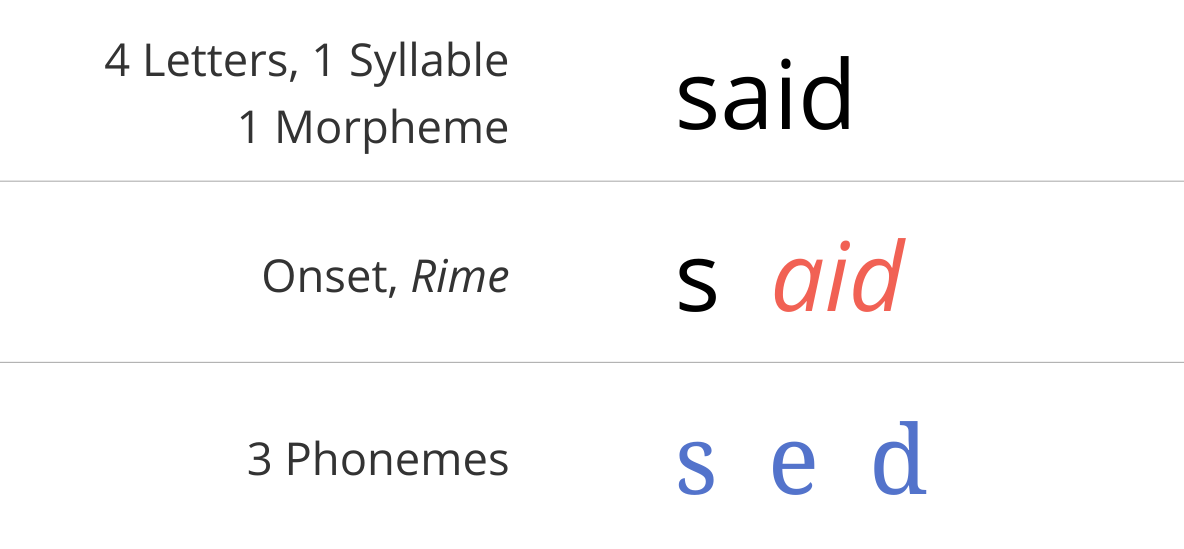If we could snap our fingers and change the way math and science are taught in U.S. schools, most of us would. The shortcomings of the current approach are clear. Subjects that are vibrant in the minds of experts become lifeless by the time they’re handed down to students. It’s not uncommon to hear kids in Algebra 2 ask, “When are we ever going to use this?” and for the teacher to reply, “Math teaches you how to think,” which is true — if only it were taught that way.
To say that this is now changing is to invite an eye roll. For a number of entrenched reasons, from the way teachers are trained to the difficulty of agreeing on what counts in each discipline, instruction in science and math is remarkably resistant to change.
That said, we’re riding the next big wave in K-12 science and math education in the United States. The main events are a pair of highly visible but often misunderstood documents — the Common Core math standards and the Next Generation Science Standards (NGSS) — that, if implemented successfully, will boldly remake the way math and science are taught. Both efforts seek to recast instruction in the fundamental ideas and perspectives that animate the two fields.
“What we did in reorganizing the content of school mathematics was long overdue,” said Phil Daro, one of three lead authors of the Common Core math standards.
The changes go beyond the contentious new methods of teaching arithmetic that have grabbed headlines and threatened to blunt the momentum of Common Core math. Both documents developed out of decades of academic research on how children learn, and they reflect similar priorities. They exhibit an elegant rethinking of the basic structure of knowledge, along with new assertions of what’s important for students to be able to do by the time they finish high school.
Related: Connected Math; Math Forum audio and video.
